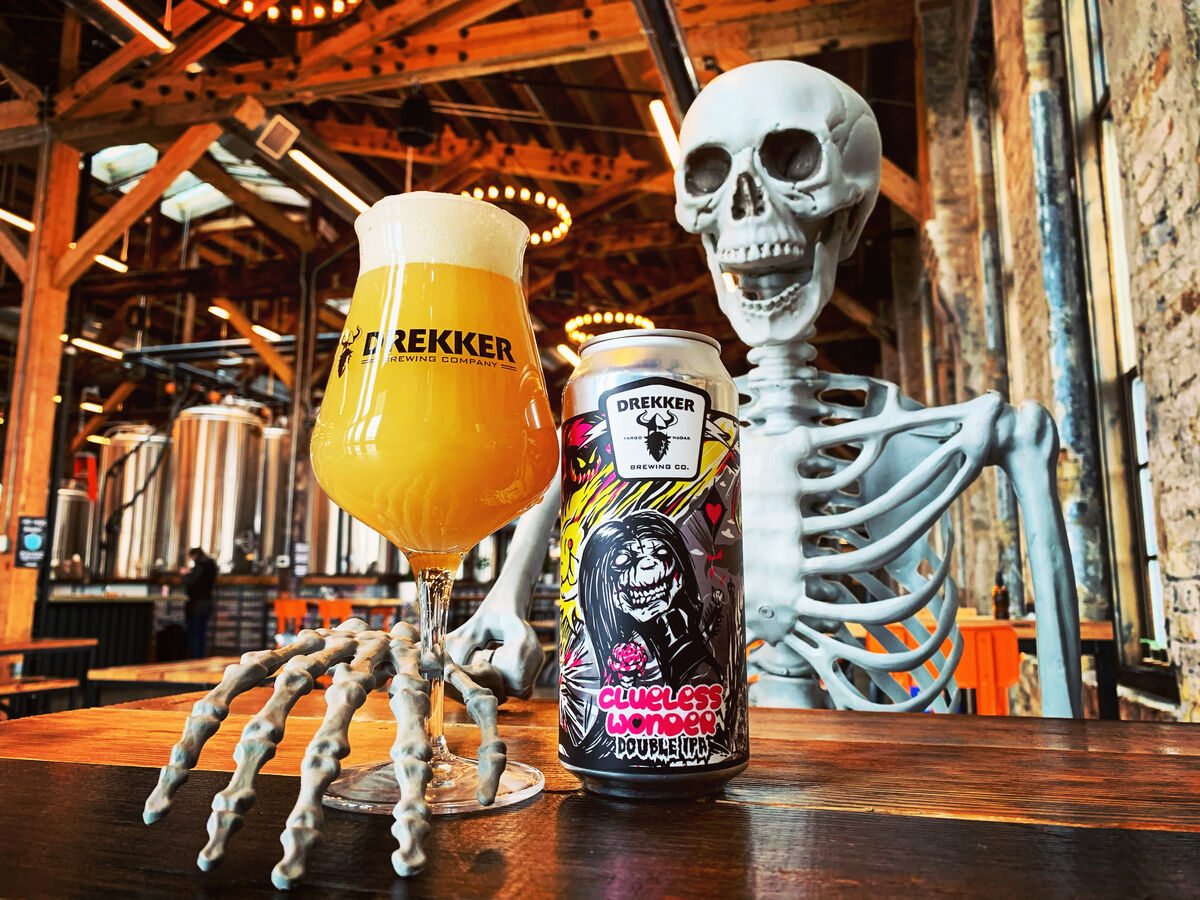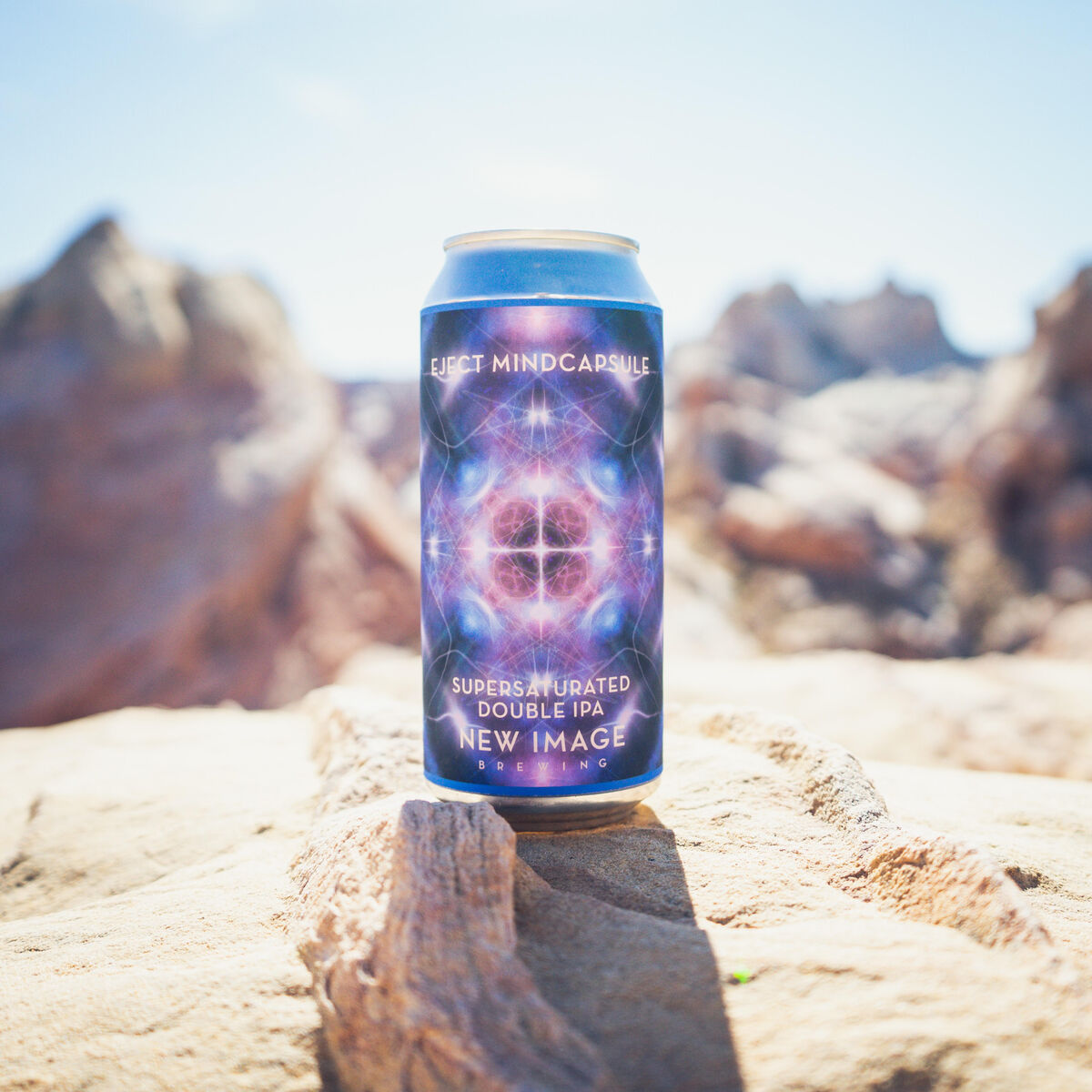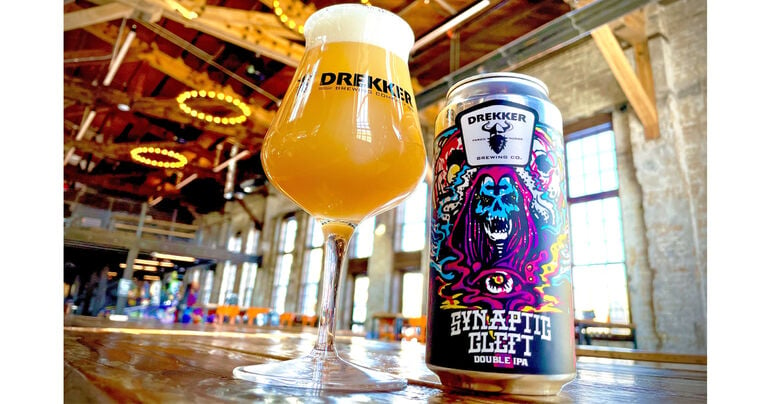Start 14-Day Trial Subscription
*No credit card required

Are High Density Hop Charges the New IPA Trend?
The word "charge" has many definitions in the English language but, when used in a mechanical, scientific or creative setting the translation evokes power, propulsion and progression. The "HDHC" technique, which stands for "High Density Hop Charge" is gaining traction among craft brewers for its delivery of that exact sentiment and offers a brazen, hoppy intensity that's dazzling consumers' taste buds.
In Brooklyn, New York, at Other Half Brewing where the term HDHC was coined, the suffusion of concentrated hops began to build bigger and brighter IPAs. These newfangled, ultra-hoppy brews are helping to create the next wave in consumer conversation thanks to their distinct flavor possibilities. The quantitative measure of what these hops can output is vast, creating a new platform to diminish bitterness and fortify new capacities for what even the most familiar hops can achieve.
"HDHC is a term we came up with to differentiate this hopping technique from double dry hopping,” said Sam Richardson, co-founder/brewmaster at Other Half.
"It's a unique blend of advanced and traditional hop products designed to maximize flavor and aroma," he continued.

"HDHC is a term we came up with to differentiate this hopping technique from double dry hopping,” said Sam Richardson, co-founder/brewmaster at Other Half Brewing, where the term originated.
This innovative approach incorporates hop pellets (which are traditional in brewing) and cryo hops, which dramatically reduce vegetal matter. Other Half takes it one step further with the integration of Incognito, a hop oil extract by John I. Haas that Richardson says "removes all the plant material," and acts as the "perfect add-in to our existing blend."
"The benefit is how concentrated they are, allowing us to use more without causing a loss in volume and helping to prevent 'green character' in the beer," explains Richardson. "Hops are amazing because of the wild difference in flavors they impart; cryo and Incognito just add another layer of hop greatness."
This novel approach to ultra-hoppy brews has made an impact, as a slew of other brewers have followed in Richardson's footsteps to construct and discern their own versions of supercharged HDHC IPAs.
"I think it’s all around a pursuit to create IPAs that are expressive," says Mark Bjornstad, head brewer at Drekker Brewing Co. in Fargo, North Dakota. "Whether you’re using a specific concentrate, pellets or cryo hops, it’s all about stacked hop flavors."
Bjornstad says he uses components of HDHC "in a whole mess of Drekker double IPAs," (Flow Futuristic, Clueless Wonder and Synaptic Cleft to name a few) and riffs with his own dip-hopping technique that delivers the most robust IPAs he can possibly dream up.
"Dip-hopping is not a product, it’s a procedure where we are essentially steeping the hops," says Bjornstad. "We can facilitate the gassing off of flavor-active compounds in the hops so that beer is set up for some different biotransformation. We experiment to adjust those ratios and produce different hop flavors."
After executing the same recipes back-to-back, Bjornstad says he is able to remove the undesirable grassy character to yield "noticeable changes" and brew "fundamentally different beers."
Since the name of the game in craft is all about quality, the end result relies heavily on the ingredients that brewers choose to delve into. So as attitudes change towards select concentrates and extracts, it opens up the door to new ways they can manipulate hop flavors. Think of morphing a nice but normal orange into a deeper and richer orange marmalade.

Dip-hopping is employed by Drekker Brewing Co. and is an off-shoot of High Density Hop Charging in which hops are essentially steeped like a tea bag to produce distinct hop flavors that might not have occurred otherwise.
"Brewers are looking at this as a new tool to provide another experience to customers," says Bjornstad. "We want to be able to show them how we are trying to use a new hopping technique because they want to evaluate the process and have that same sensory experience like us."
As consumers are more attuned to the "behind the curtain" terminology, we are hungry for more brewing insight and excited by the idea that lemony hops can potentially turn into dank lemonade. Brewers are inherently curious to discover where a glass of beer can take us, and, with High Density Hop Charges, they are reaching beyond the more simplistic flavors that drinkers have grown accustomed to.
"We want beers that are explosive aromatically," says Bjornstad. "We all love Citra, Mosaic and Galaxy and if we keep using them the same way we’re going to exhaust our palates. Now we can dial up the hops in a new way, and it's cool for customers to see that diversity within a single variety of hops. We can focus in on a known hop variety and take it down a totally different path."
Brandon Capps, head brewer of New Image Brewing Co. in Denver, Colorado, fires up the HDHC approach for his Eject Mindcapsule series that he says is "heavily influenced by combining hot-side, cold-side products."
"We are trying to designate these things in our portfolio as super-saturated IPAs, but they’re all just trying to get beyond what was possible," says Capps. "It's so intense, but not like let's give that a week to fade. There’s so much flavor but I can still crush this."
As Other Half's methodology propels others to dive into what was once seen as an inferior or unknown arena, how does this deeper knowledge impact us directly as beer drinkers?

New Image Brewing Co. in Denver, Colorado refers to their High Denisty Hop Charged beers as "Supersatured Double IPAs," a fitting name for the immense rush of hops that these beers produce.
"I don’t think you can brew this beer unless you have a consumer base that already trusts you, due to price point," says Capps. "It is a distinctly different type of taste, so some people aren’t used to those flavors. There has been minor pushback from people saying it tastes like fake hops, which is ironic because the technique actually creates even more hop flavor. From the maker’s side, it's always been our challenge to figure out how to get more hop flavor out of beer, so we are enamored by it."
For enthusiastic imbibers, Capps is aware that there may be an "adoption process" that he likens to the controversial but clear transition IPAs made into the haze craze, which is now "the standard" and predicts a "similar evolution with terpenes."
"Whether or not people call it HDHC, it will be around," says HDHC OG Richardson. "Pushing the limits is fun for people. They like to be wowed. People love big, bold experiences."



